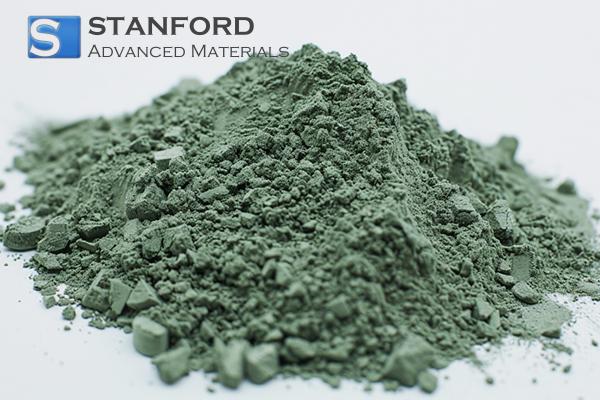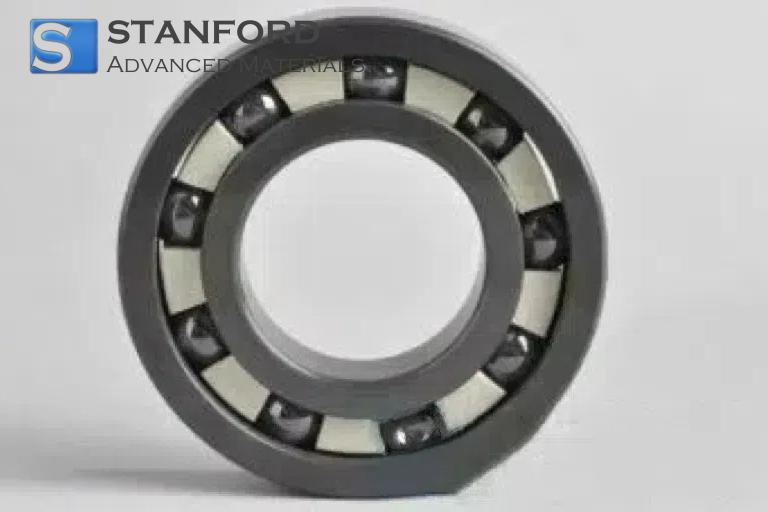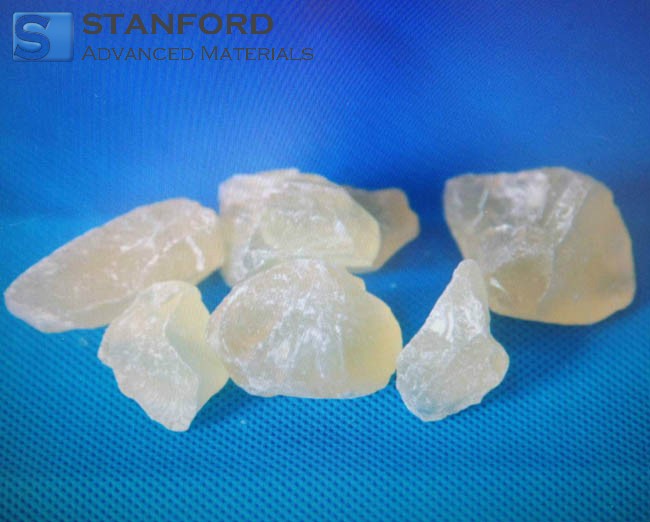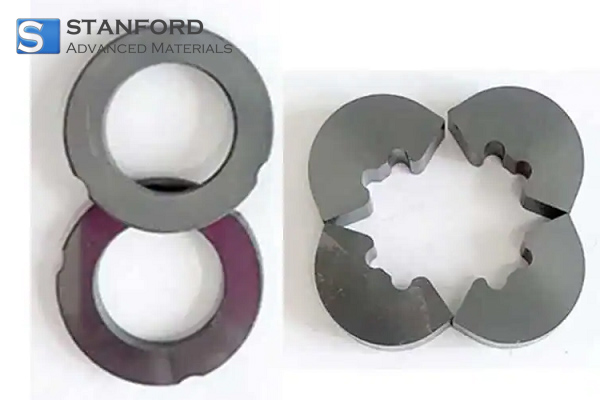Electrically Conductive SiC Electrode Sheet Description
Electrically Conductive SiC Electrode Sheet is a high-performance functional material that combines the electrical properties of metals with the structural properties of ceramics. It not only has the excellent electrical conductivity of metals, but also has the same ultra-high hardness, wear resistance, corrosion resistance, thermal shock resistance, and high-temperature resistance as ceramics.
Electrically Conductive SiC Electrode Sheet Specifications
|
Properties
|
Unit
|
Electrically Conductive SiC Electrode Sheet
|
|
Density
|
g/cm3
|
3.2
|
|
Maximum Temp.
|
℃
|
1500
|
|
Conductivity
|
Ω
|
0.01-300
|
|
Tensile Strength
|
MPa
|
>300
|
|
Shape
|
-
|
Customized
|
Electrically Conductive SiC Electrode Sheet Applications
1. Electrochemical Applications: Conductive SiC electrode sheets are used in electrochemical cells, including fuel cells and electrolysis cells, where their chemical stability and electrical conductivity enhance performance and durability.
2. Batteries and Energy Storage: In advanced battery systems, such as lithium-ion and solid-state batteries, conductive SiC electrode sheets serve as anodes or current collectors. They improve the energy density, thermal stability, and overall efficiency of the batteries.
3. Supercapacitors: Utilized in supercapacitors, conductive SiC electrode sheets provide high surface area, excellent electrical conductivity, and thermal stability, leading to improved energy storage capabilities and faster charge-discharge cycles.
4. Corrosion-Resistant Electrodes: In harsh chemical environments, such as those found in the chemical processing industry, conductive SiC electrodes are used due to their exceptional corrosion resistance and durability.
5. Water Treatment and Purification: Employed in electrochemical water treatment and purification systems, conductive SiC electrode sheets facilitate processes such as electrocoagulation and electrooxidation, helping to remove contaminants from water.
6. Sensors: Used in electrochemical sensors for detecting gases, liquids, and biological substances, conductive SiC electrode sheets provide high sensitivity, stability, and resistance to harsh conditions.
7. Electrochemical Machining (ECM): In ECM processes, conductive SiC electrode sheets are used to shape hard-to-machine materials by controlling the removal of material through anodic dissolution.
8. High-Temperature Applications: In environments with extreme temperatures, conductive SiC electrode sheets maintain their performance, making them suitable for applications in high-temperature fuel cells and other thermal devices.
9. Electrochemical Deposition and Coating: Used in the electrochemical deposition of metals and coatings, conductive SiC electrode sheets offer a stable and efficient platform for creating high-quality metallic layers.
10. Biomedical Devices: In certain biomedical applications, conductive SiC electrode sheets are used in implantable devices and sensors due to their biocompatibility, chemical resistance, and electrical properties.
11. Renewable Energy Systems: Employed in renewable energy systems such as solar fuel generation and artificial photosynthesis, conductive SiC electrodes facilitate efficient energy conversion and chemical production processes.
12. Advanced Research: In scientific research, conductive SiC electrode sheets are used for studying electrochemical reactions, material behavior under electrical stimulation, and the development of new electrochemical technologies.
Electrically Conductive SiC Electrode Sheet Packaging
Our Sintered Silicon Carbide Seals (SSiC) are carefully handled during storage and transportation to preserve the quality of our product in its original condition.
Electrically Conductive SiC Electrode Sheet FAQs
Q1: Why is electrically conductive SiC used for electrode applications?
A: Electrically conductive SiC is used for electrode applications due to its combination of electrical conductivity and high thermal and mechanical stability, making it suitable for harsh environments and high-performance applications.
Q2: How are electrically conductive SiC electrode sheets produced?
A: Electrically conductive SiC electrode sheets are typically produced by doping silicon carbide with elements such as nitrogen, boron, or aluminum, which introduce free charge carriers. Alternatively, conductive composites can be made by incorporating conductive fillers like graphite or metals into the SiC matrix.
Q3: What quality standards are typically followed for electrically conductive SiC electrode sheets?
A: Quality standards such as ISO, ASTM, and specific industry standards ensure the consistency, electrical properties, and performance of electrically conductive SiC electrode sheets. Manufacturers provide certifications and test reports to verify compliance.











